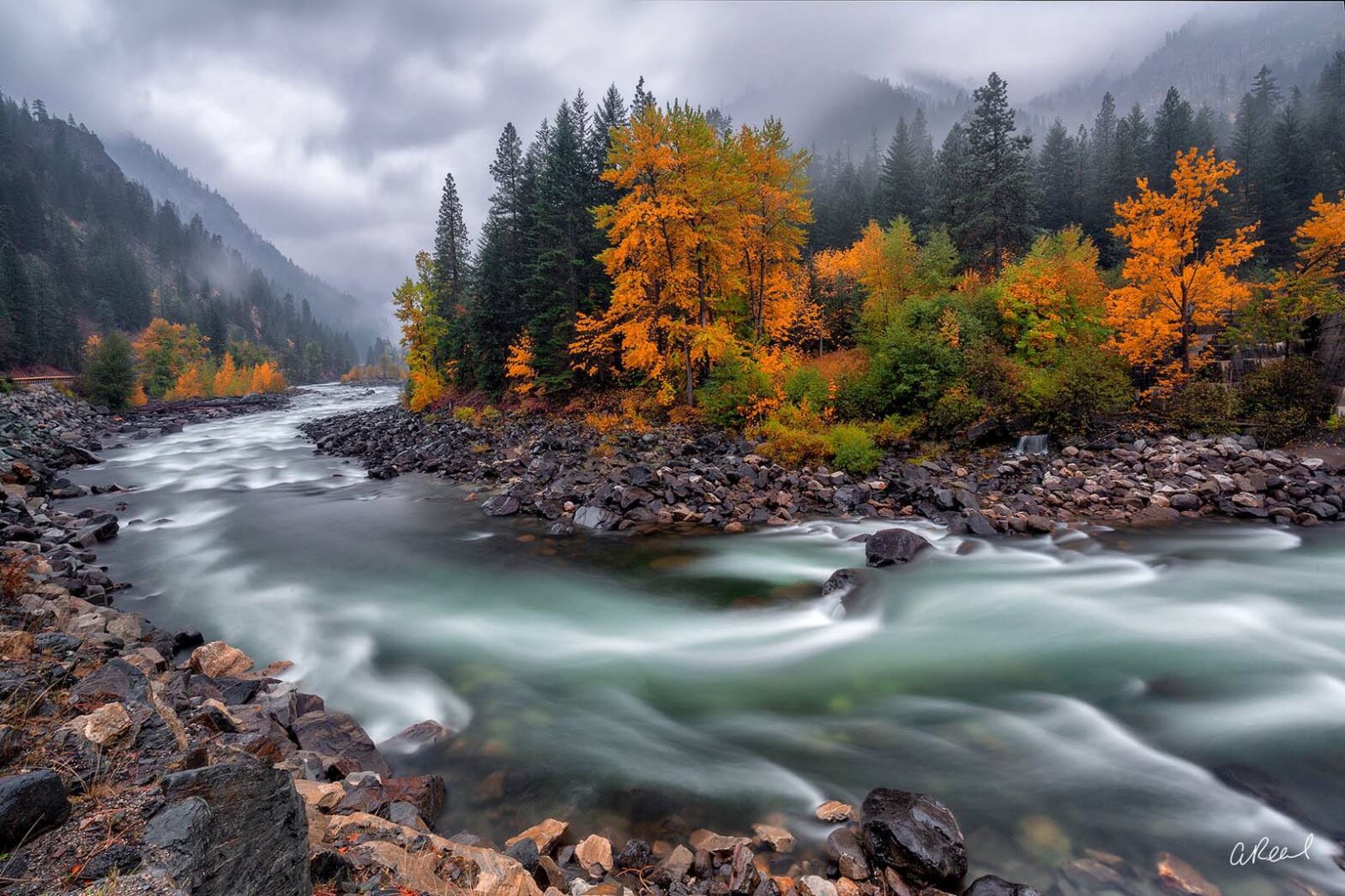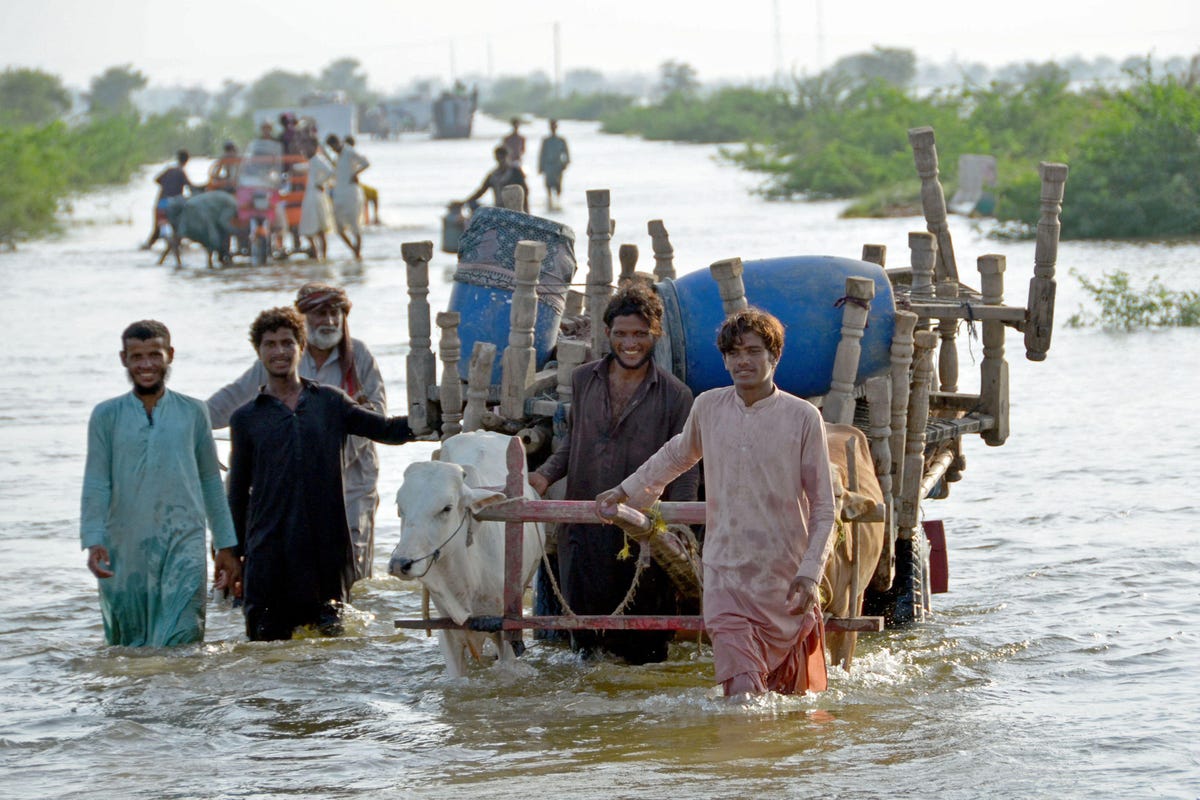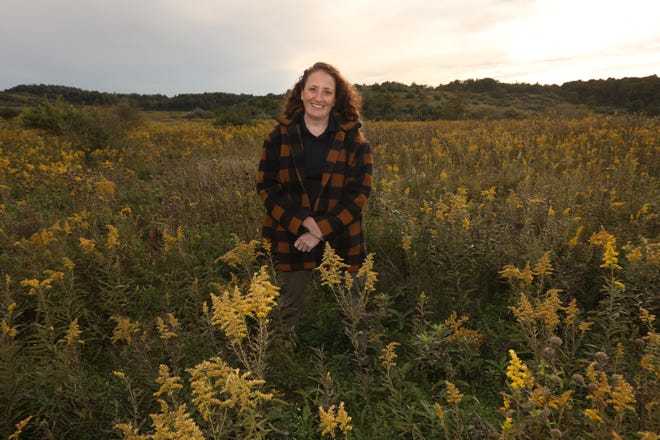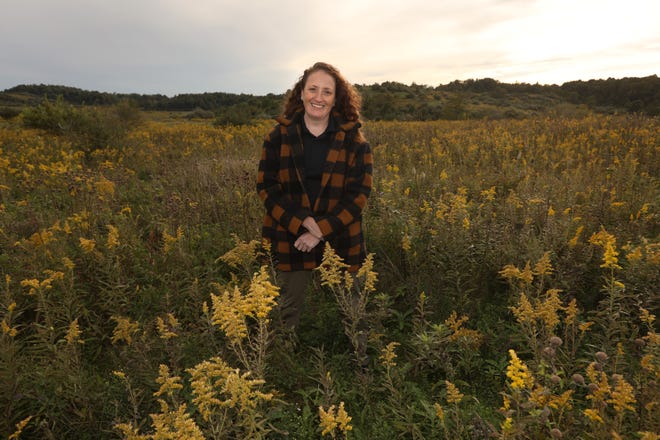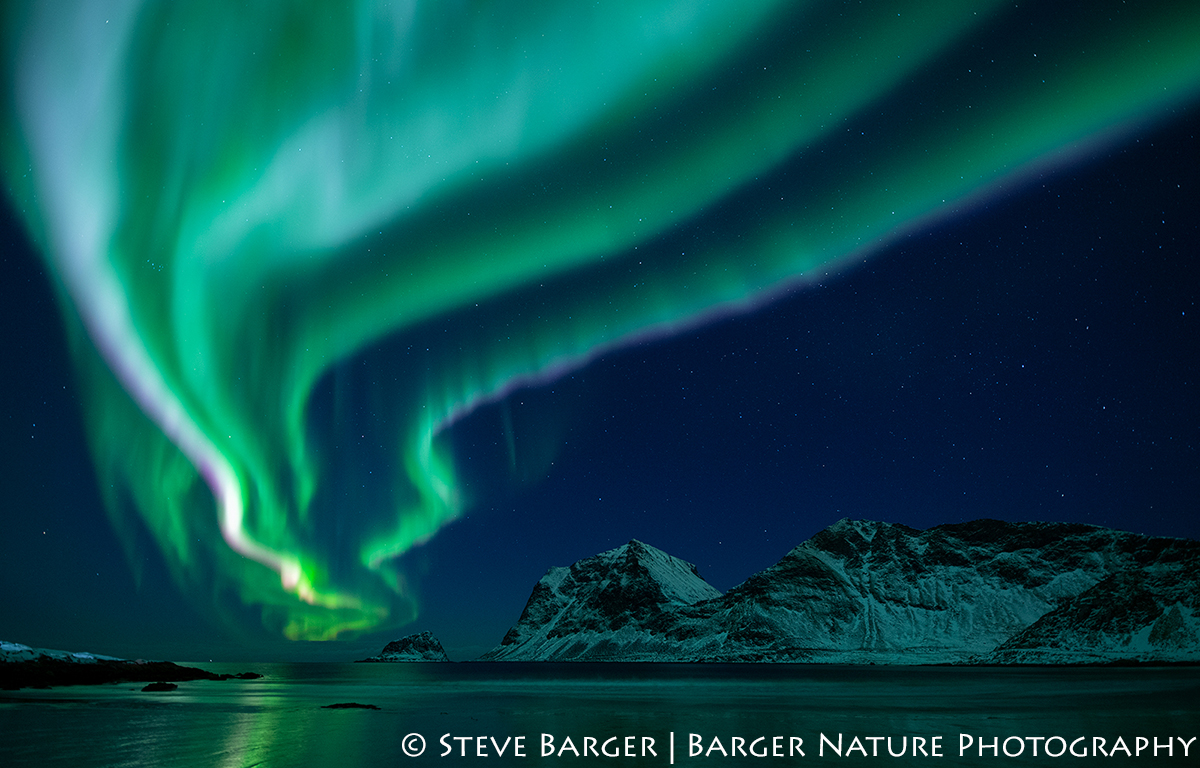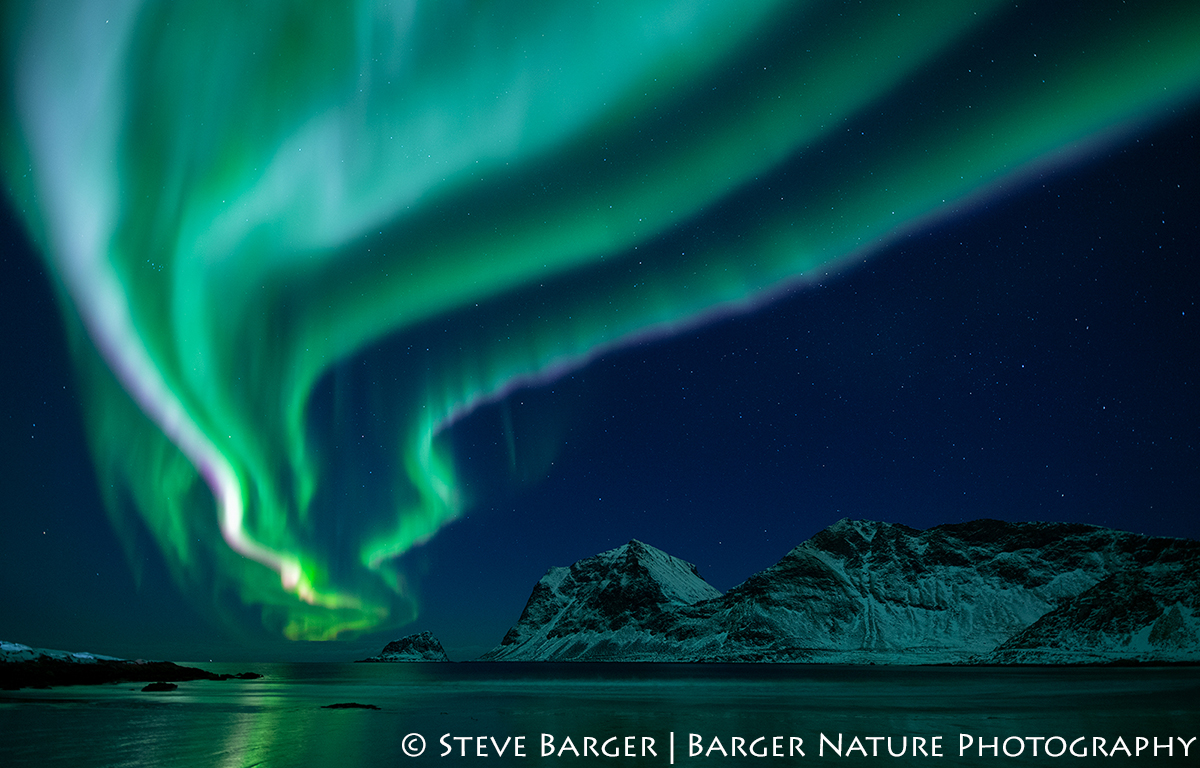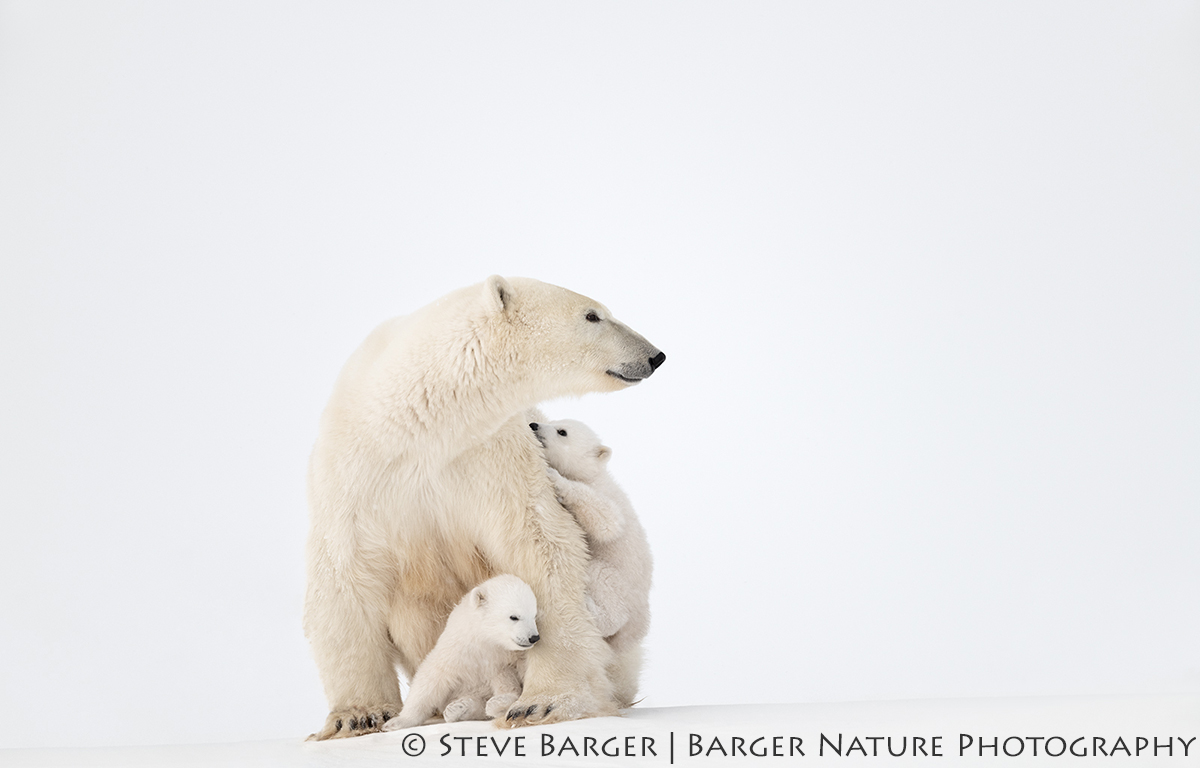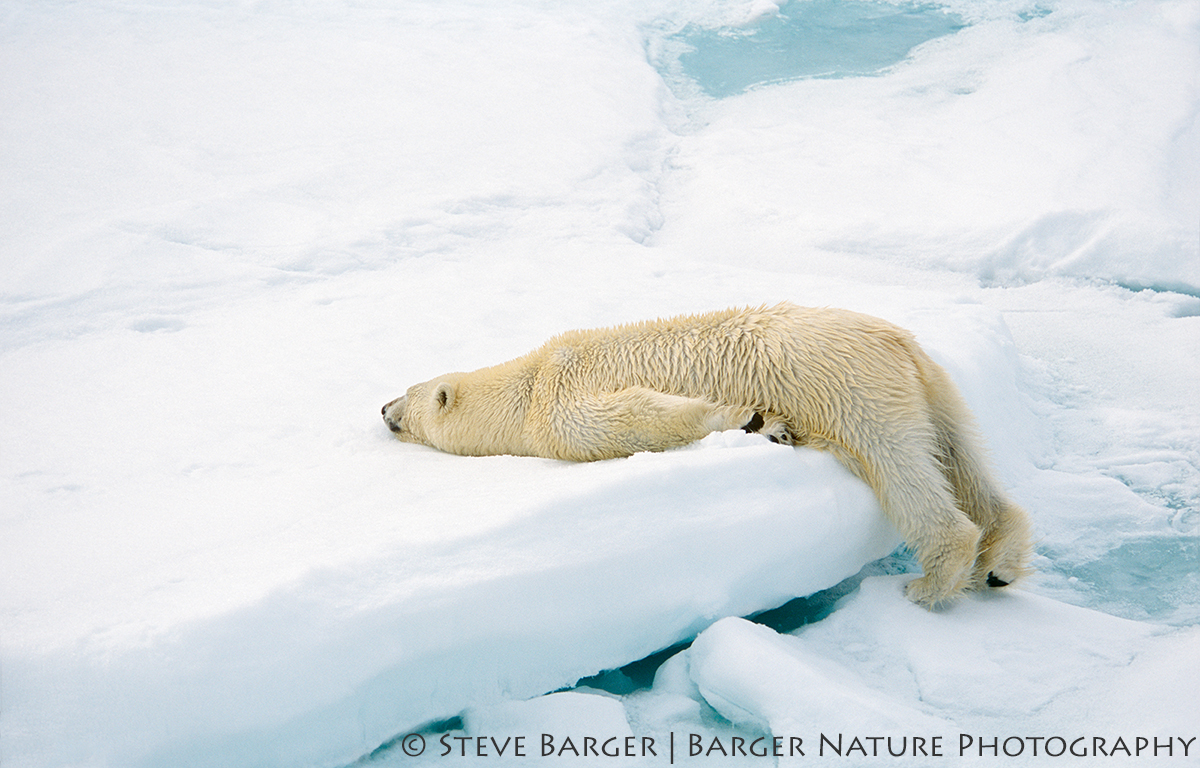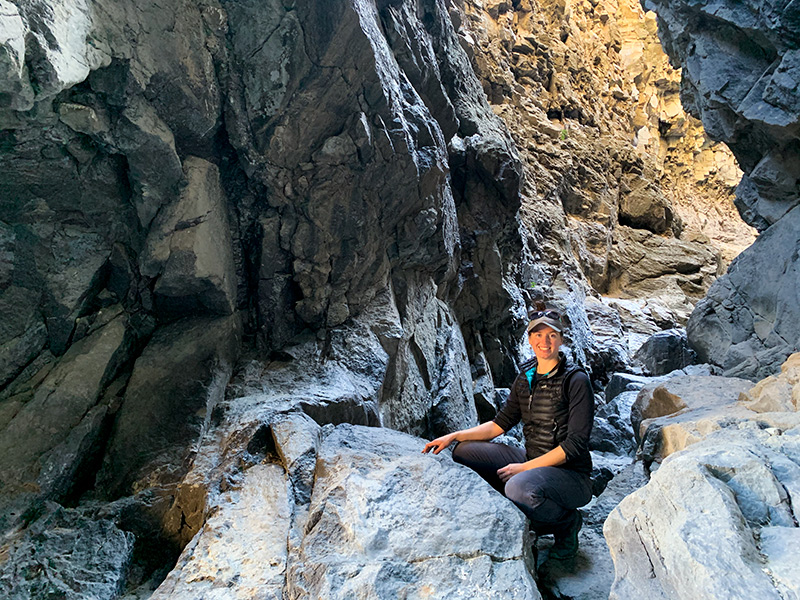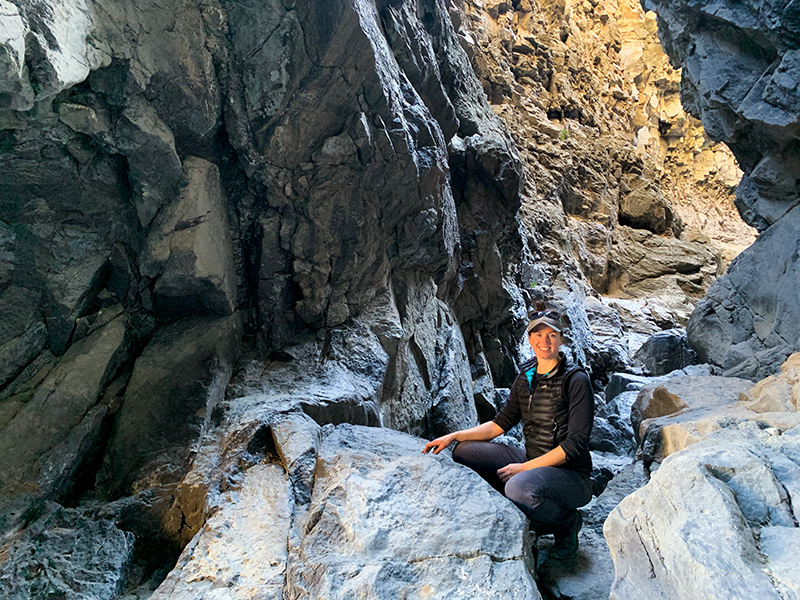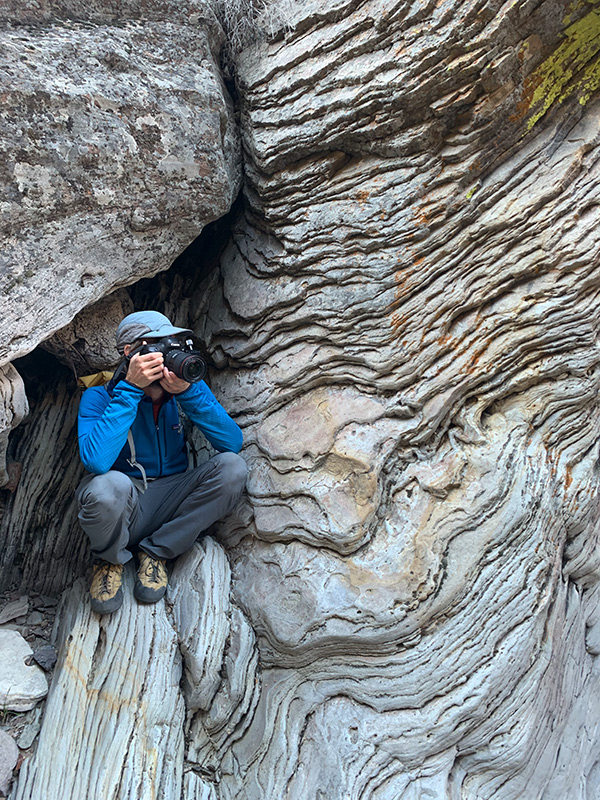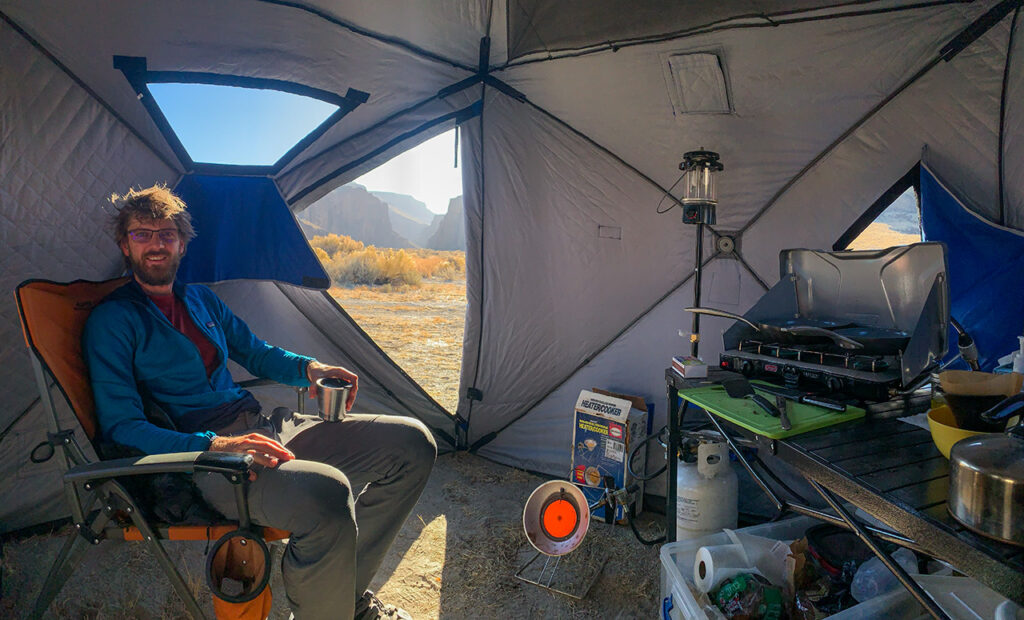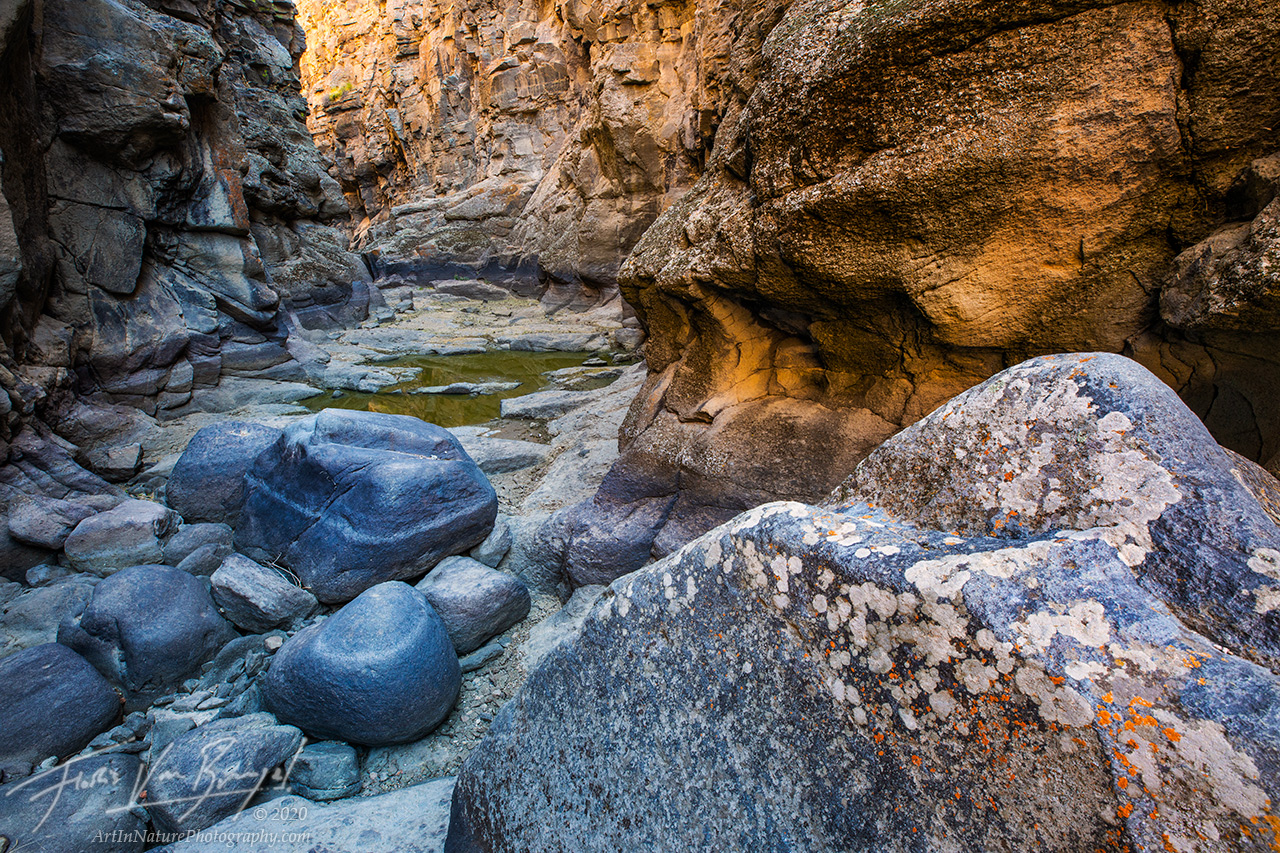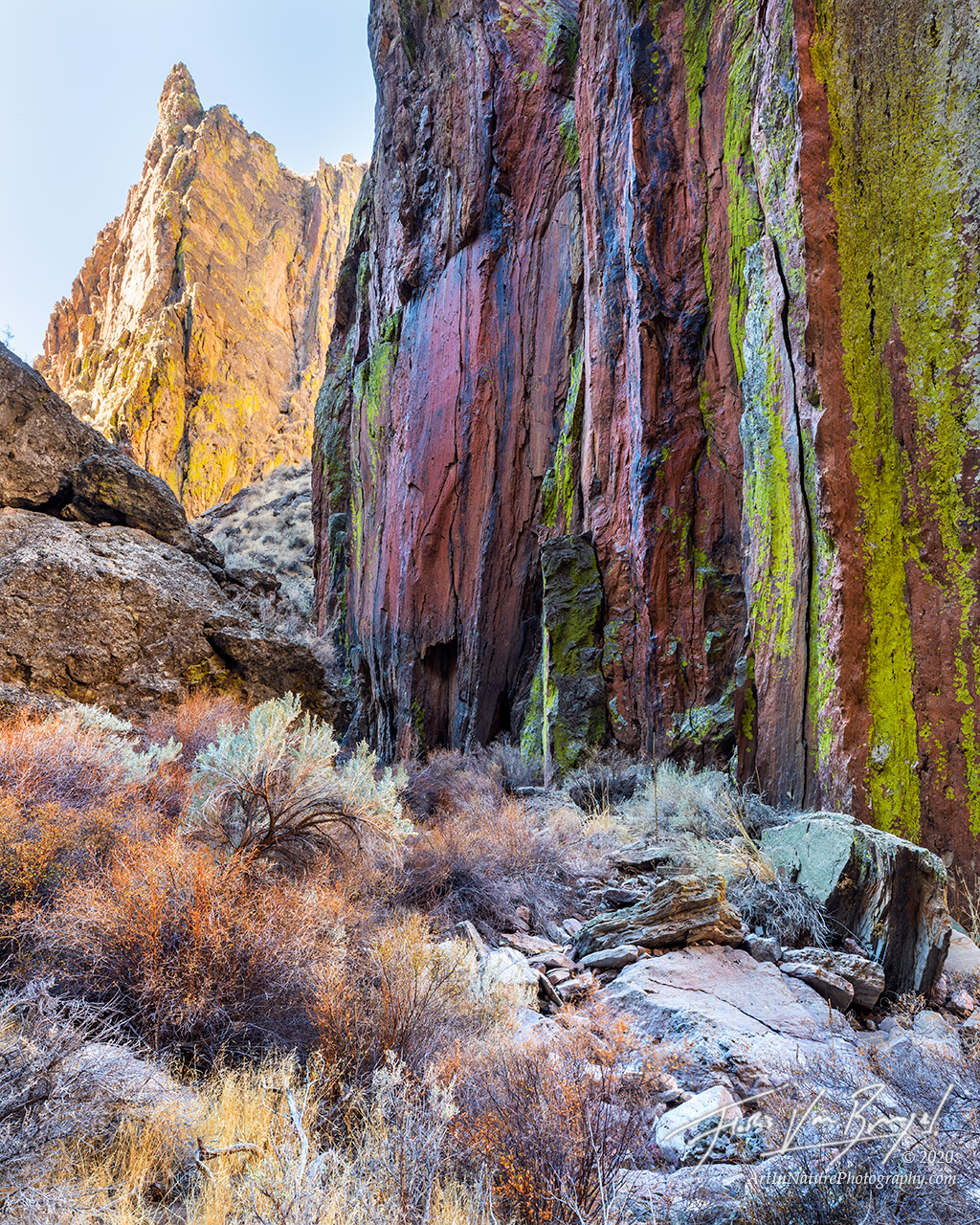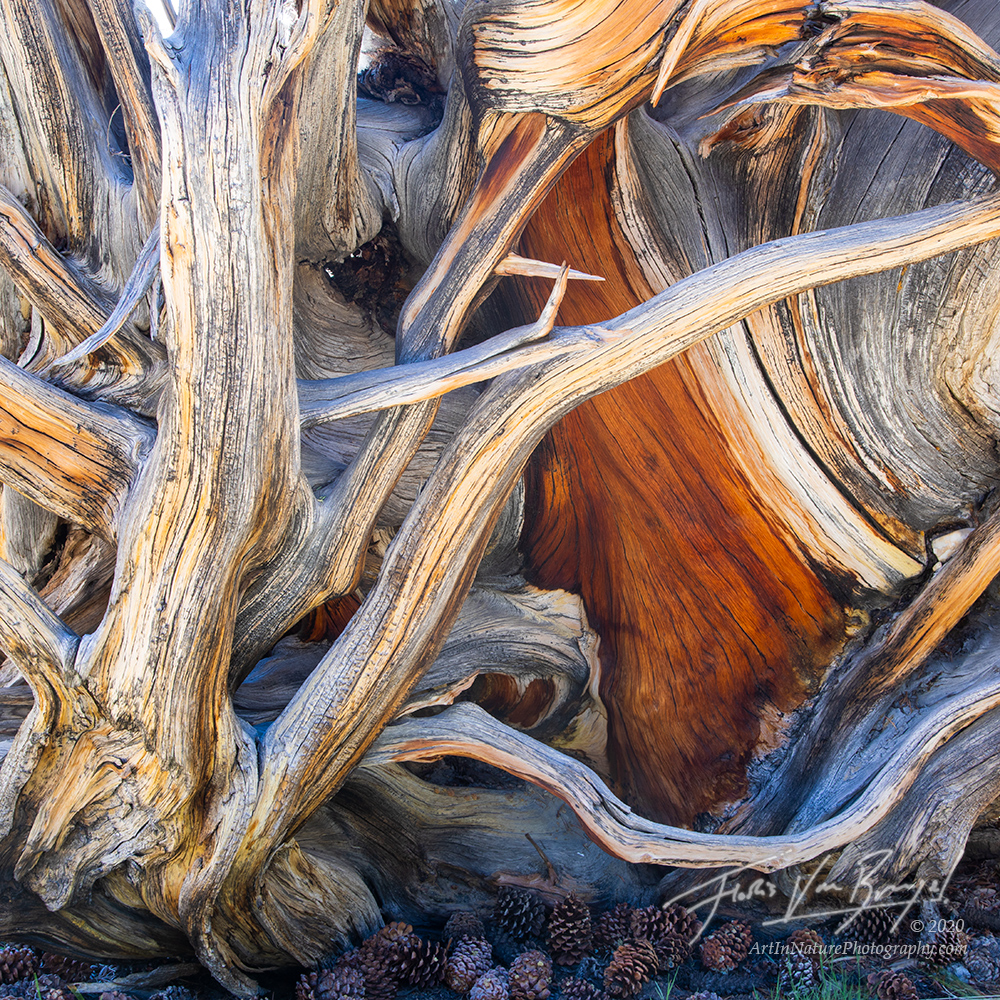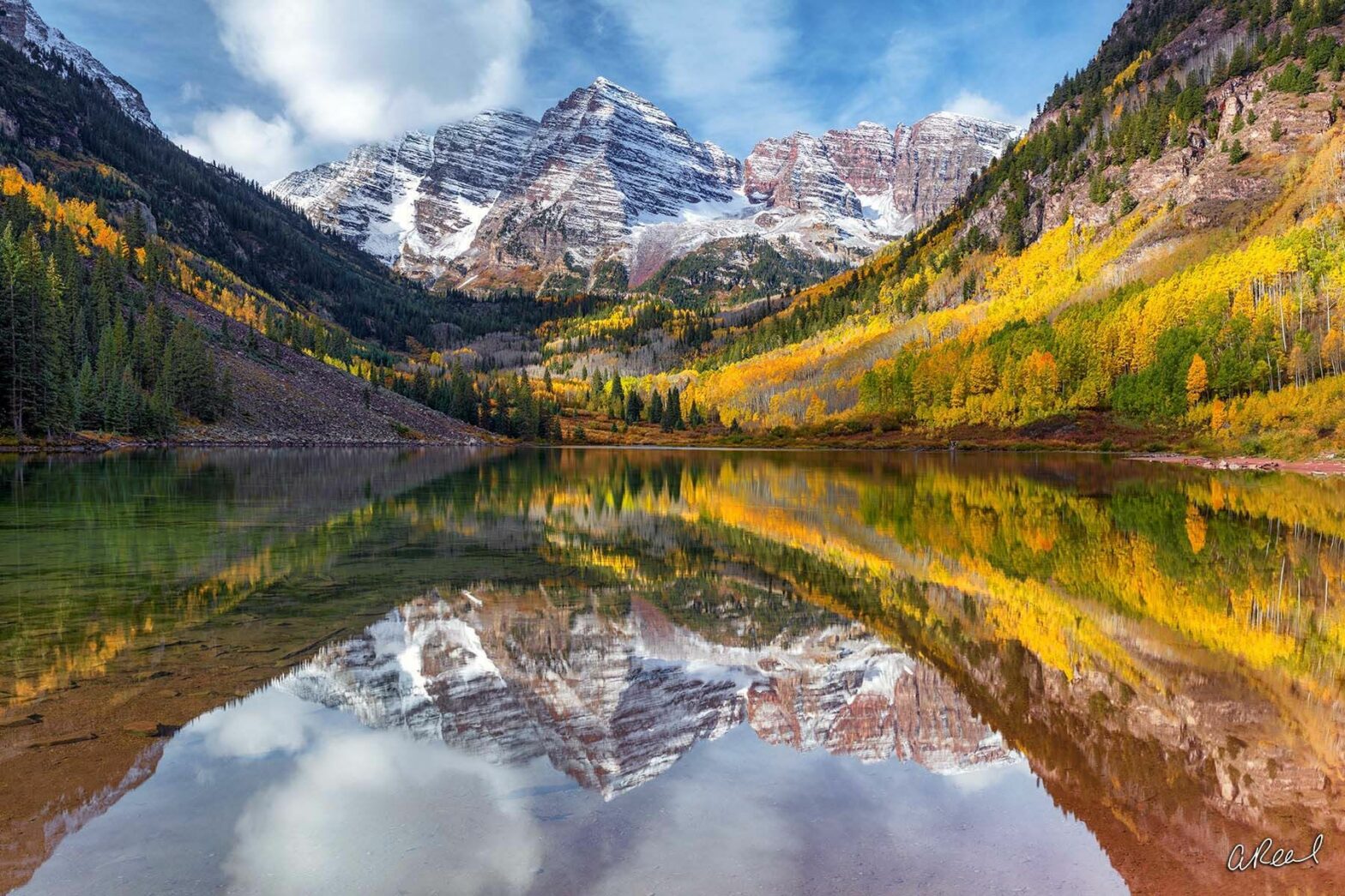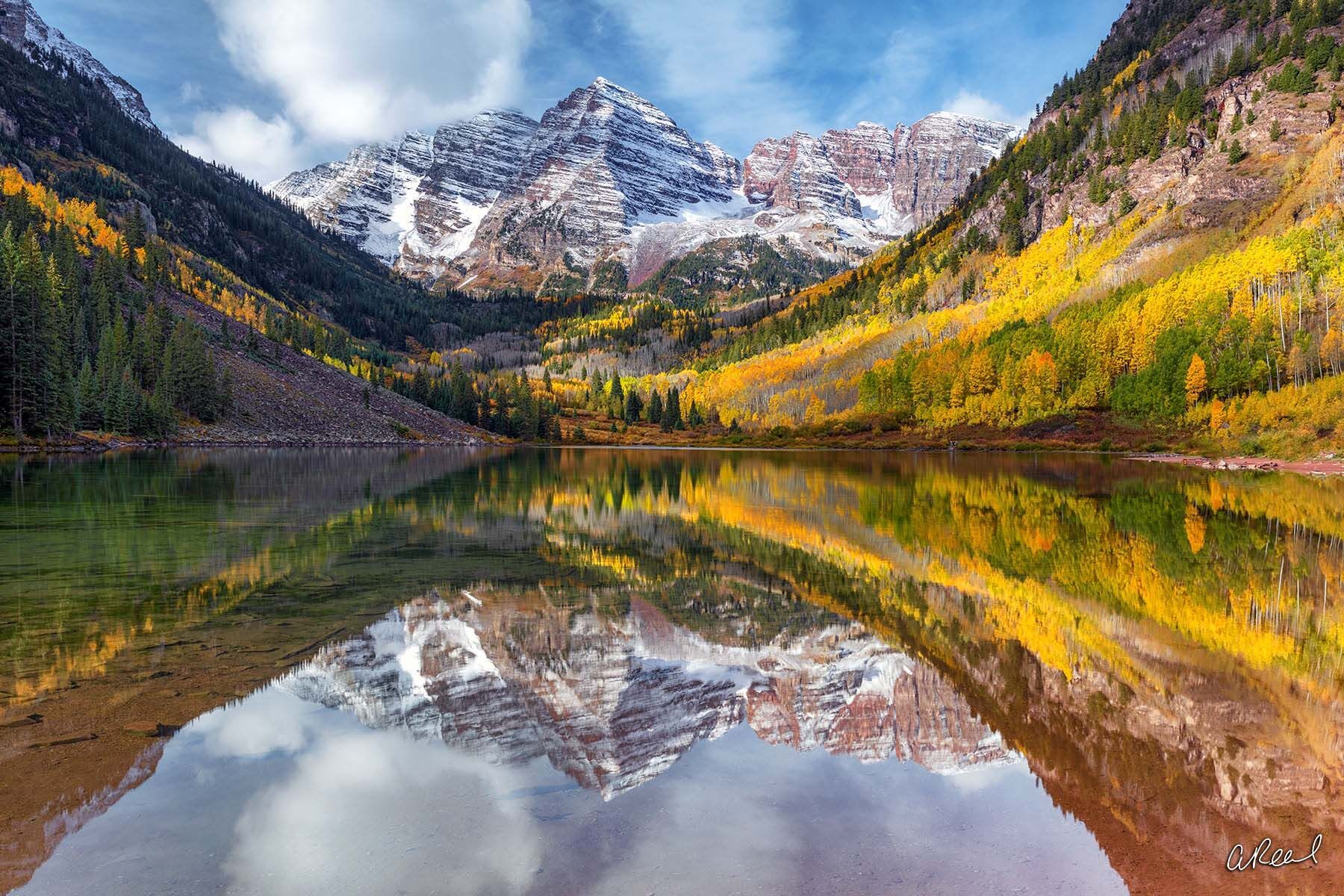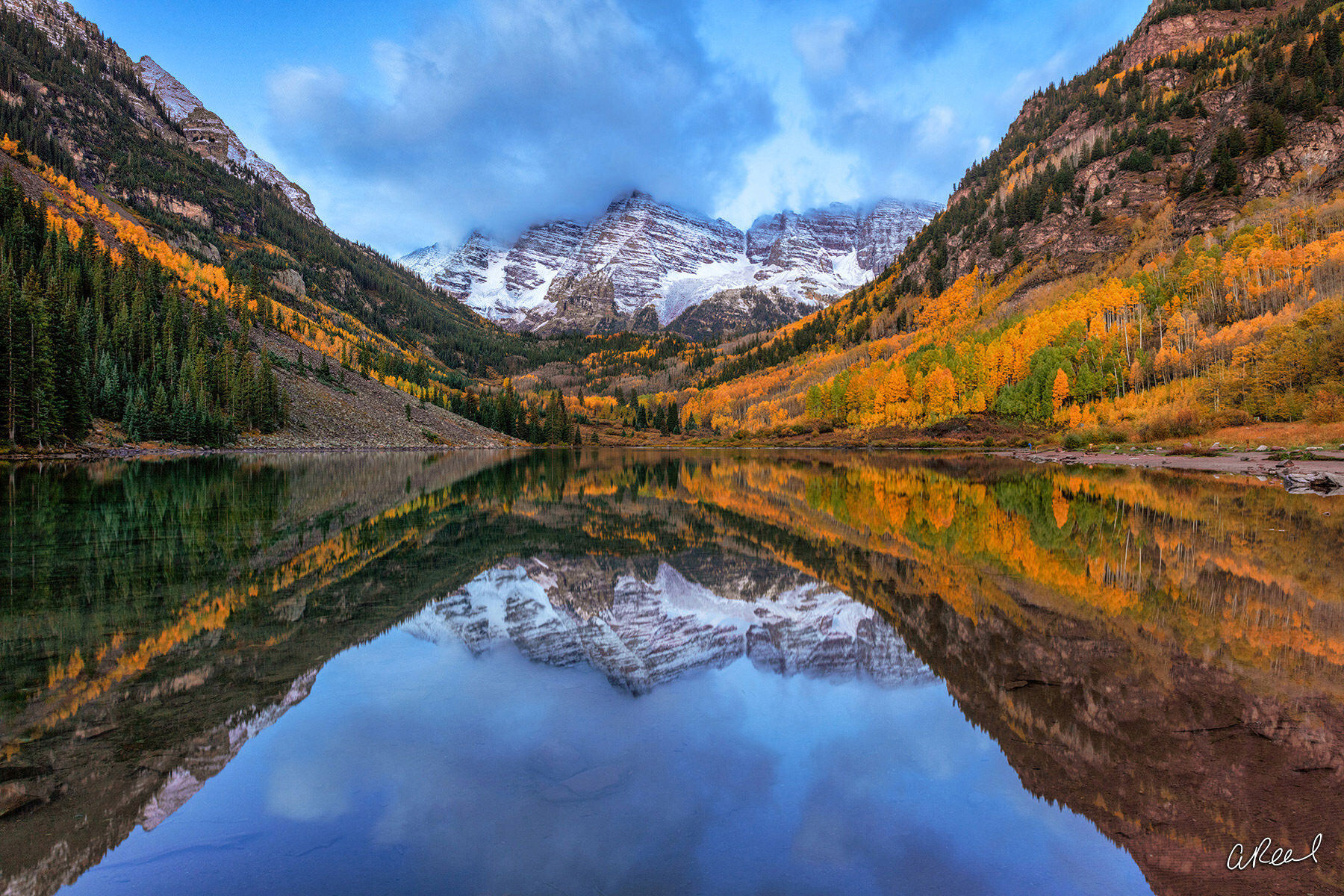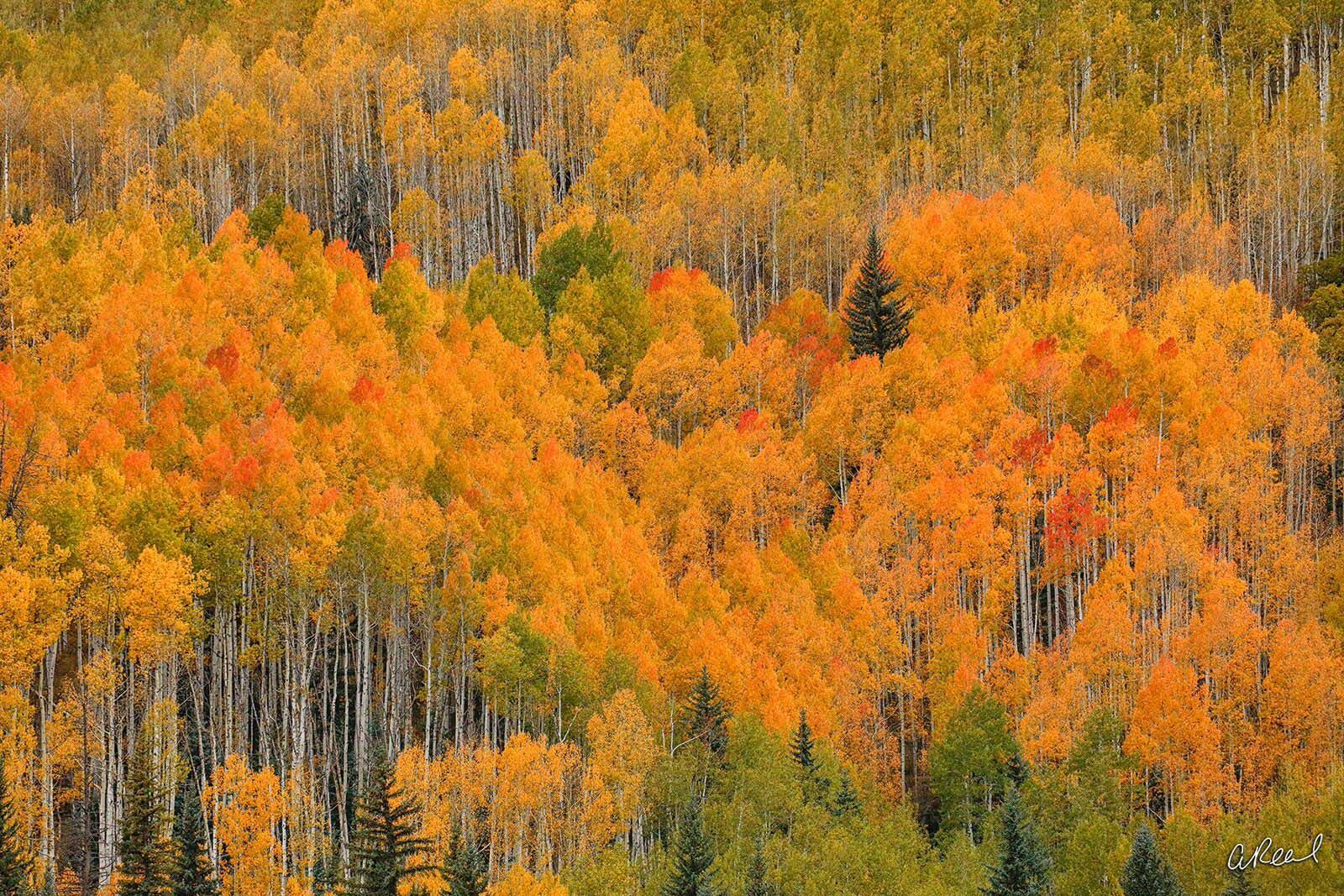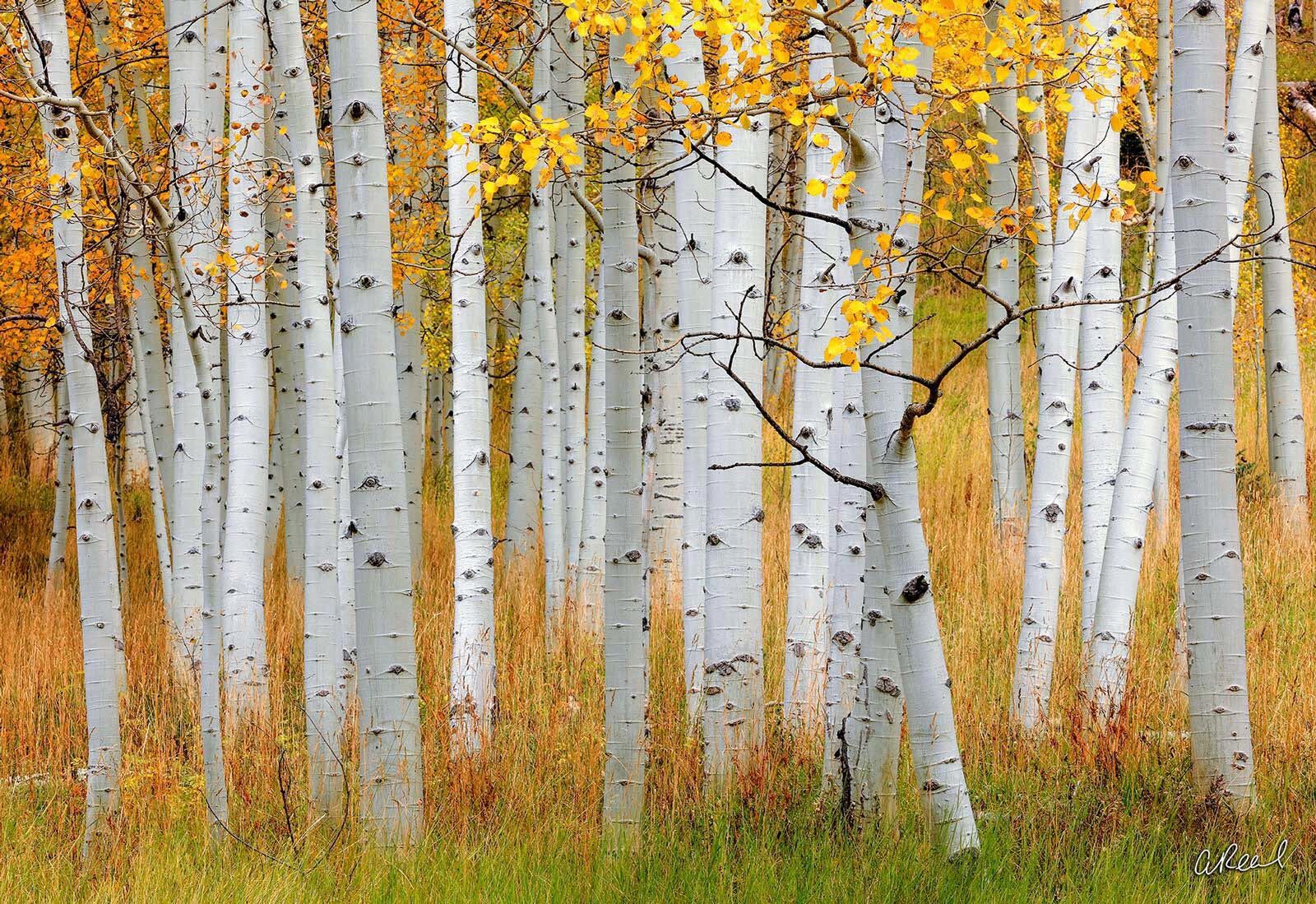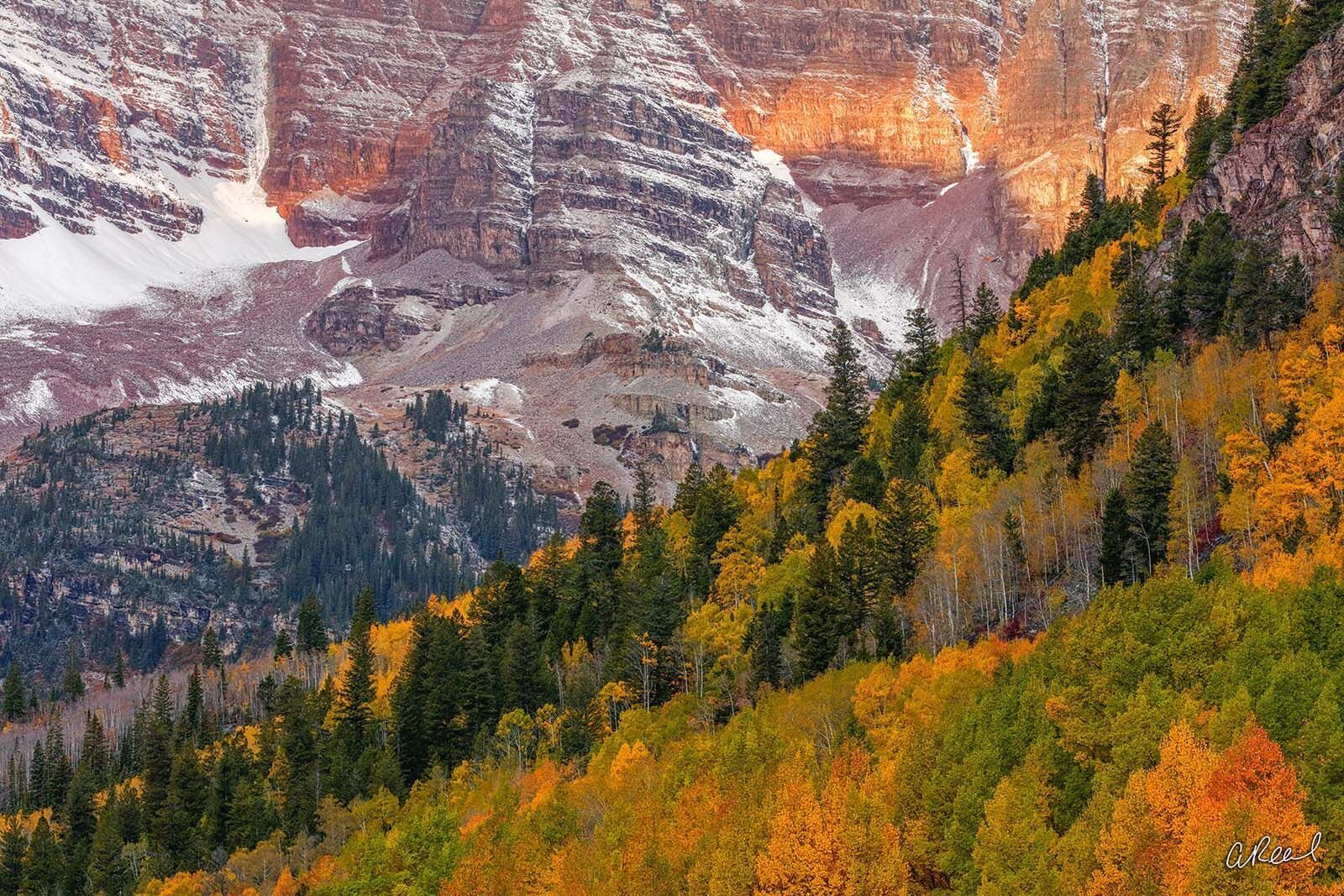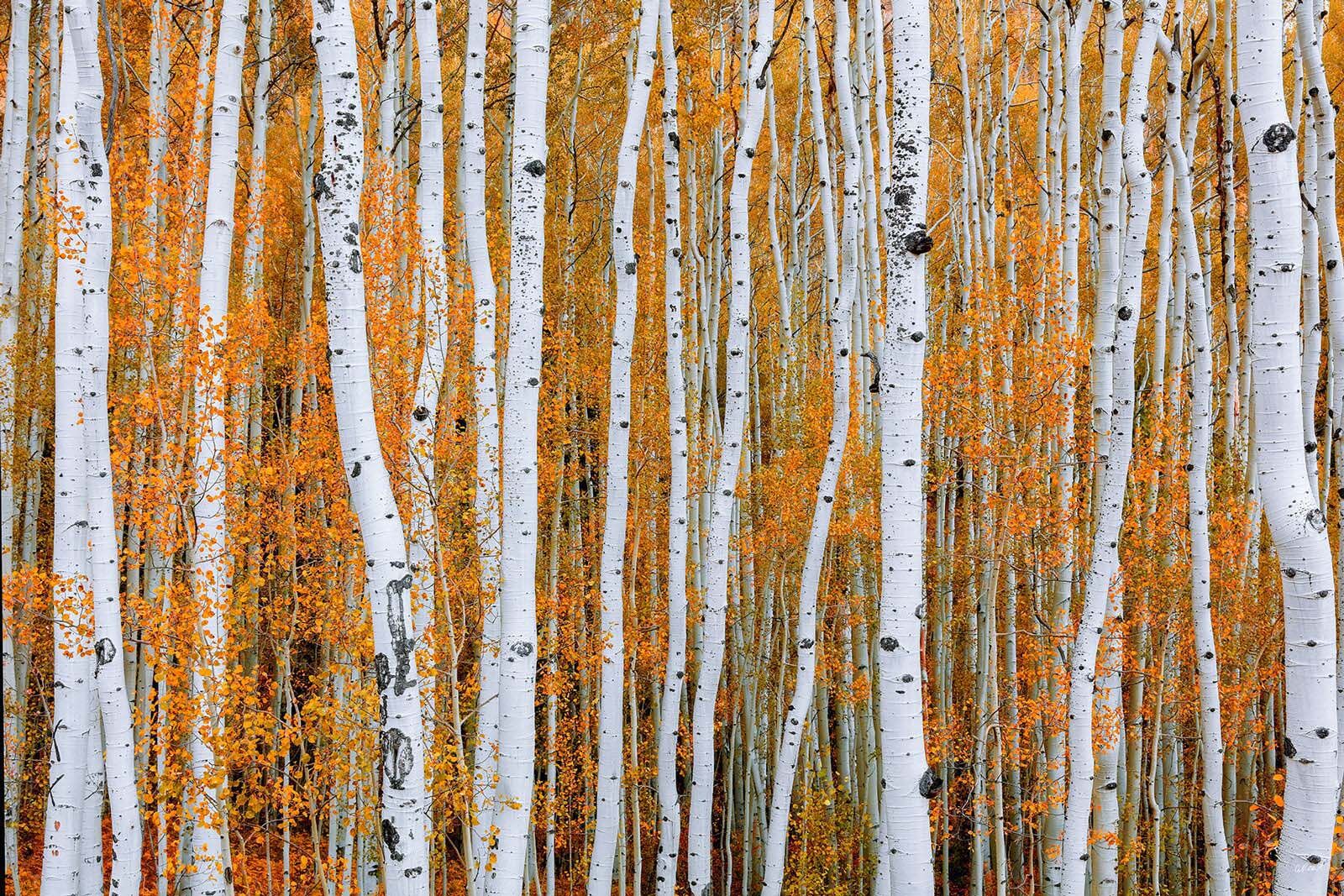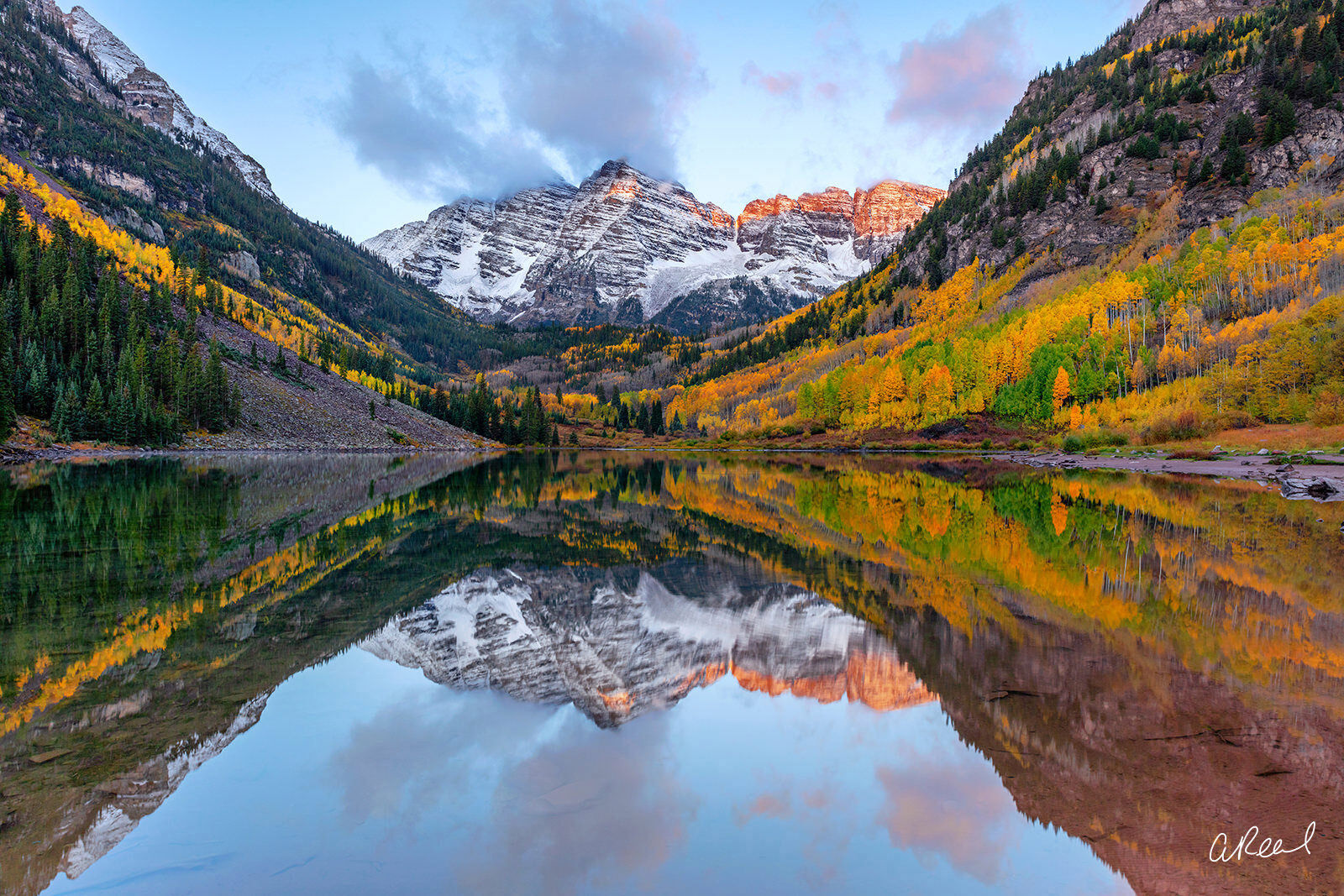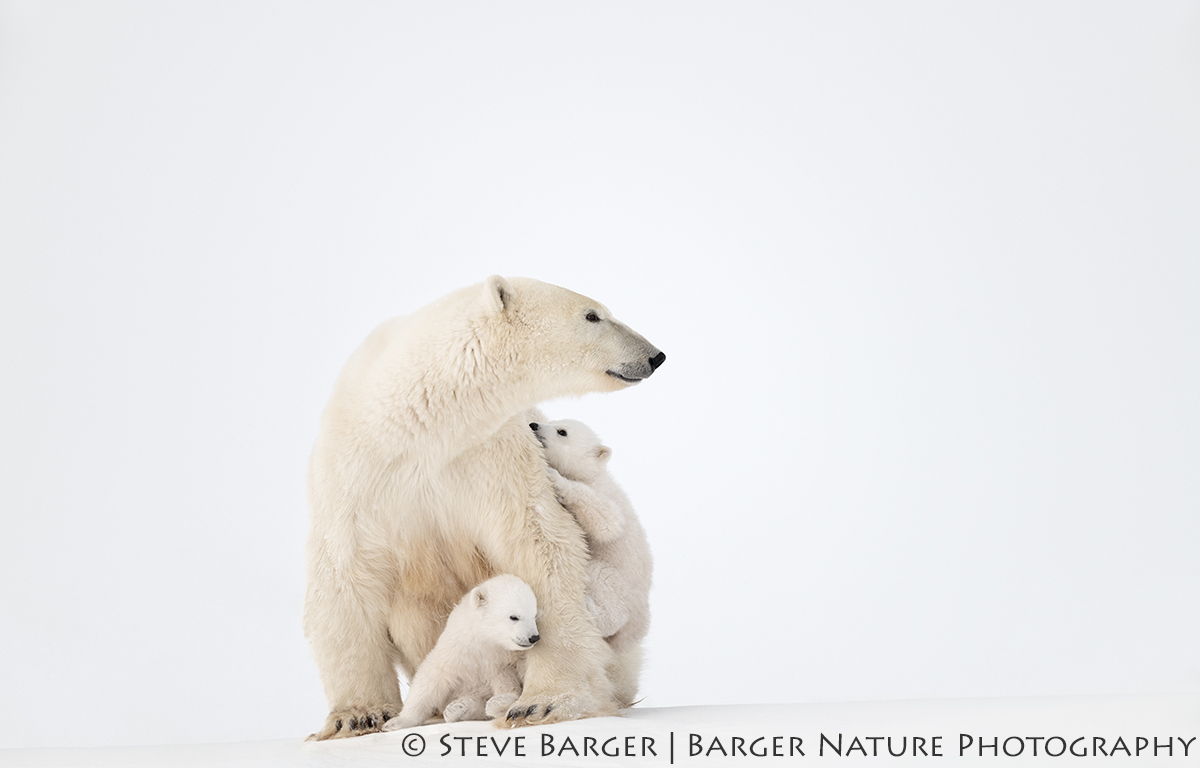[ad_1]
Welcome To Leavenworth
The American love of mountains is inextricably tied to the long history of mountaineering in Europe. While the U.S. would later be responsible for the resurgence of the sport in the 1960s, the original golden age of alpine mountain climbing comes, fittingly, from the Alps–the wonderland of glacial massifs spreading from Switzerland across Germany, Austria, Italy, and France. As the first major waves of settlers crossed the Rockies during the Gold Rush, British and Swiss climbers, with their French guides, were setting a new standard in adventure and popularizing a lifestyle and aesthetic which would echo across time and all subsequent feats of natural exploration.
To put it more succinctly, from the moment the American populace encountered the majestic ranges of the west, they conjured up images of the twisted peaks of the Grandes Jorasses and the Matterhorn, emerald sanctuaries of flowered meadow, weather-worn redoubt chateaus, and the thrilling plunge of a snowy downhill slope.
Thus, when you find yourself driving through the evergreen ridges of the eastern Cascades, it should come as no surprise to find a Bavarian hamlet nestled among the cedars and firs. This is Leavenworth, one of the better-kept secrets of Washington State for both lovers of nature and those with a passion for culture.
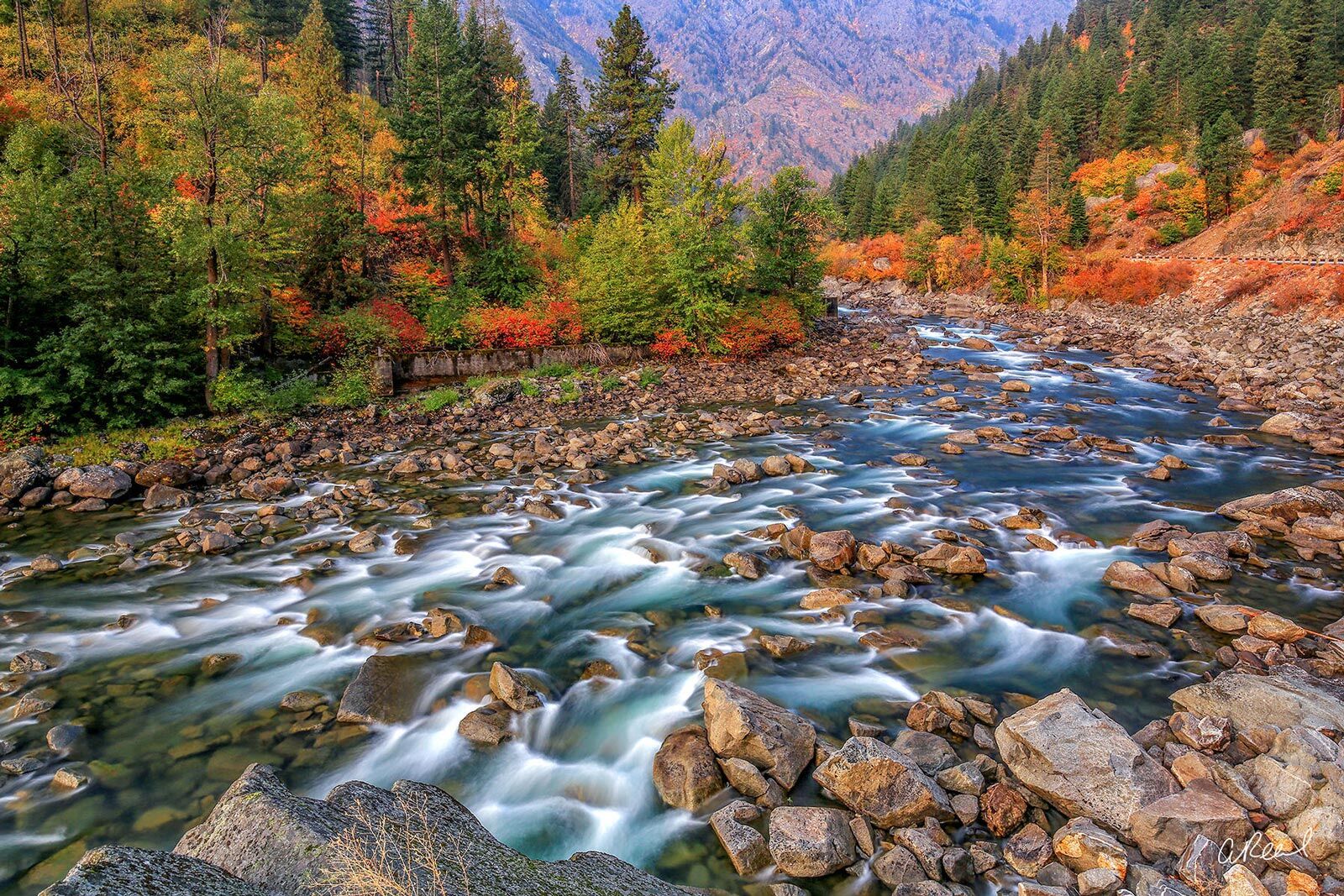
A gentle breath of veiled sunlight caresses the rocky banks of a clear river as it makes its way through a deep mountain valley. The faint chill of autumn on the way inspires embers of bright foliage along the banks and up on the hillsides. Fine Art Limited Edition of 50.
Leavenworth Washington Nature Photography
For nature photographers, the areas to the South & West of Leavenworth are a visual playground year round. This is especially true in the autumn months when Tumwater Canyon and the entire area from Stevens Pass through the town of Leavenworth explodes with autumn brilliance. My home is just a short two hour drive from Leavenworth, allowing me to visit many times each year.
Just outside of Tumwater Canyon, Icicle Creek and the entrance to the Enchantments, Lake Wenatchee State Park and countless other visual sights beg you to pull the car over and grab a few photos or take a walk along the Wenatchee River as it slowly meanders through the canyon.
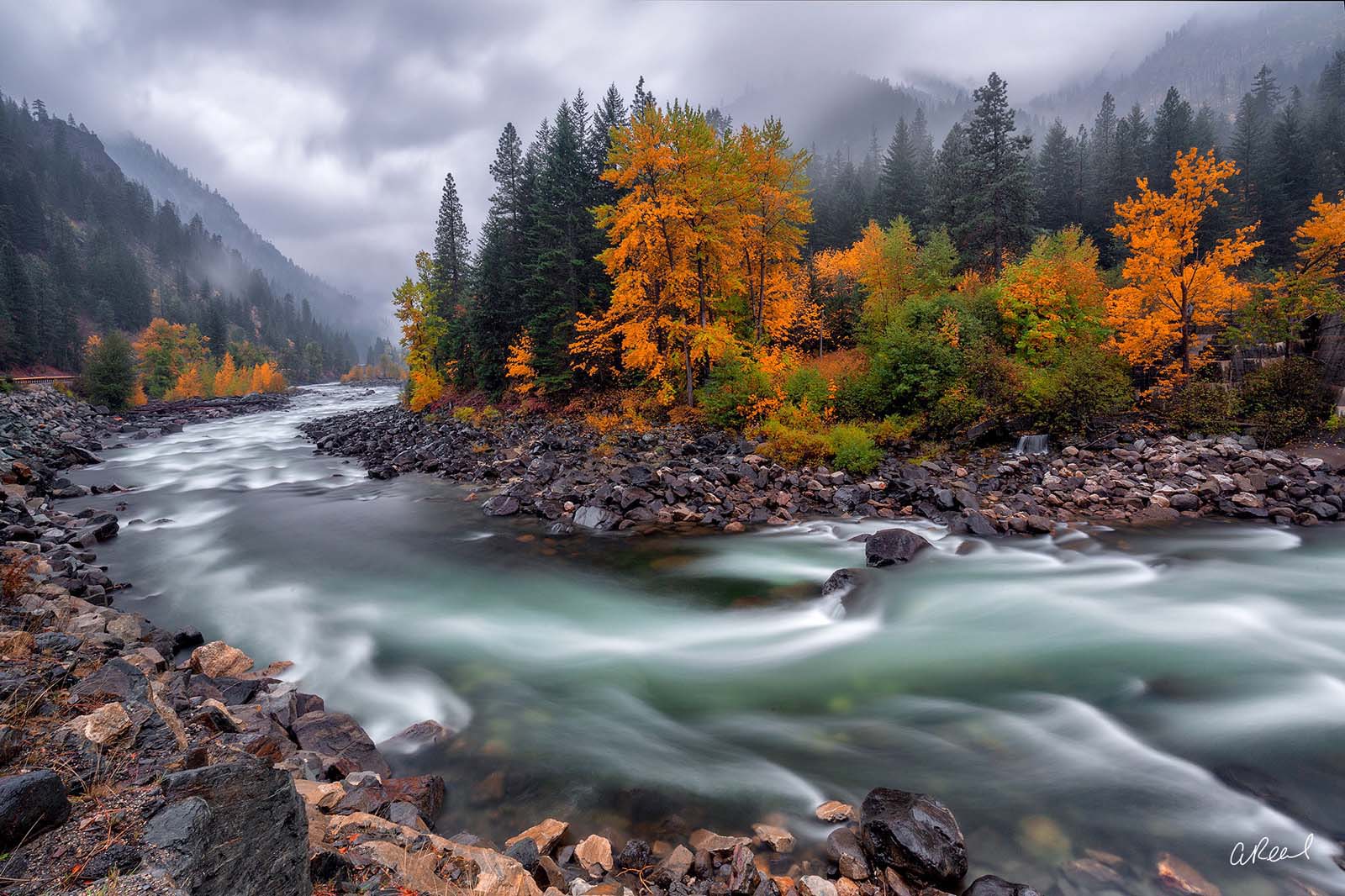
A rush of clear water races down from the forbidden peaks of a range of misty mountains. Along the rocky banks, flashes of gold announce the arrival of autumn to the high places. Fine Art Limited Edition of 50.
History of Leavenworth Washington
Leavenworth is a central European mountain town in every sense (other than location), yet its charming appearance belies an unexpected history.
The Chinook, Yakima, and Wenatchee peoples called the tranquil vale on the Wenatchee River their home until the coming of white settlers in 1892. These groups arrived with the coming of the Great Northern Railway which aimed to connect Seattle with St. Paul, Minnesota. With a fast and reliable conduit to one of the largest timber industries in the country at the time, logging quickly became the major industry of the fledgling community. By the early 1900s, it was home to the second-largest sawmill in the world.
Fortunes changed, however, when the Great Northern was diverted to pass through the larger town of Wenatchee to the east in 1925. The logging and sawmill operations foundered, and even the less transport-reliant industries like fur trading and gold mining either dried up or fell on hard times as well. For three decades, the town limped along, constantly on the brink of becoming a ghost town.
Then, in the early 1960s, town leaders formed the LIFE (Leavenworth Improvement for Everyone) committee in an attempt to escape the quagmire. The town had seen brief success during the depression with the introduction of a small local ski slope, and it was to tourism that the committee now looked again. In the mid-60s, members Ted Price and Bob Rodgers hit upon the idea of transforming Leavenworth into a theme-town, fashioned after the mountain villages of Bavaria, in the northern reaches of the Alps. Inspiration and guidance for the idea was furnished by the town of Solvang, a Danish enclave nestled among the foothills of the Santa Ynez Mountains northwest of Santa Barbara which had also seen major success as a tourist destination.
The ensuing remodel, which saw most of the town reconstructed in a south-German style, was an expensive gamble, but a resounding success. Combined with recreations of traditional German festivals and cuisine, and the addition of new ski resorts on the surrounding slopes, Leavenworth became a must-see attraction for anyone passing through the Cascades.
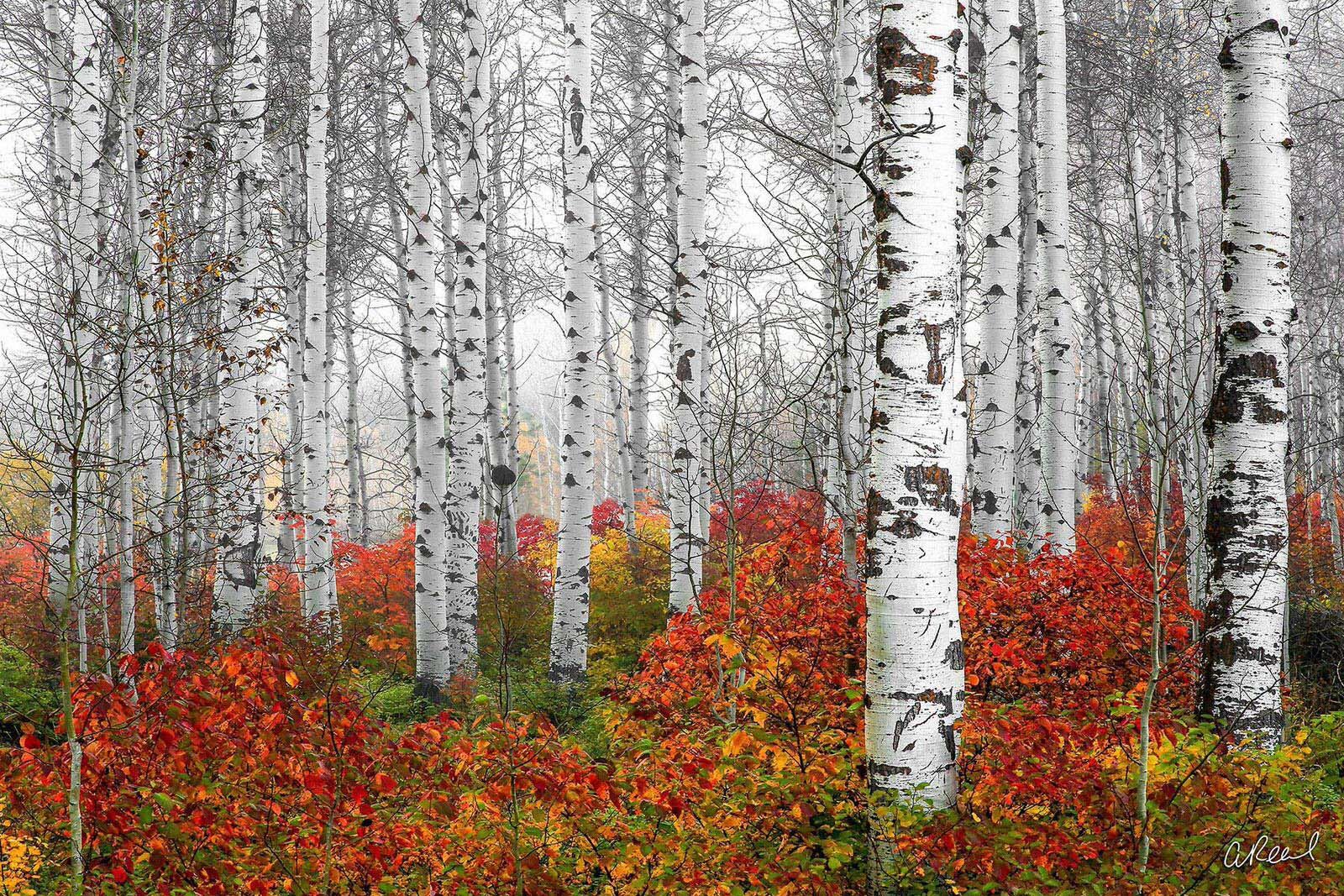
A tangled web of skeletal branches lace together the ashen trunks of a grove of aspen near Leavenworth, Washington. Unfazed as yet by the chill of winter, the fiery hues of the autumn undergrowth bleed through a hush of fog. Fine Art Limited Edition of 100.
Leavenworth Culture
Organized along an alpine Bavarian theme, the appearance and culture of the town closely resemble that of a traditional 19th century German village.
The architecture of the town is mostly comprised of black-and-white half-timbered structures which will most readily be identified with Tudor and Tudor-Revival style buildings, but which have also been a staple of German architecture since the Middle Ages. Gothic fonts and woodblock graphics adorn many of the shops and restaurants, further conveying the feel of an old-world hamlet.
The food to be found in Leavenworth also largely conforms to traditional German cuisine. With brathauses and biergartens scattered along the main street, visitors can sample popular German sausage and wash it down with a stein of cold gold lager.
To complete the experience, a number of festivals are held each year, some with German roots, and some unique to Leavenworth. Of those which are novel inventions, the Autumn Leaf Festival celebrates the vibrant colors of the surrounding Cascade foothills. Tourists can enjoy rock climbing events, rose planting, live music, and even a car show. During the Christmas Lighting Festival, the town is decked in over a million lights of all colors, with visits to Santa, ice skating, carriage rides, music, and more. In terms of traditional festivities, the biggest event is, of course, Oktoberfest. Here, every fall, guests can drink their fill of hearty German beer while enjoying classic German attire, participating in contests, listening to music, and much more. Not to be dismissed or forgotten, however, there is also Maifest, the annual spring festival which includes Maipole dancing, Bavarian music, and a costumed Grand March through the town by the locals.
Despite its orchestration as a tourist attraction, the sights and scenes of Leavenworth leave nothing to be desired, as faithful and immersive as a visit to the old country itself.
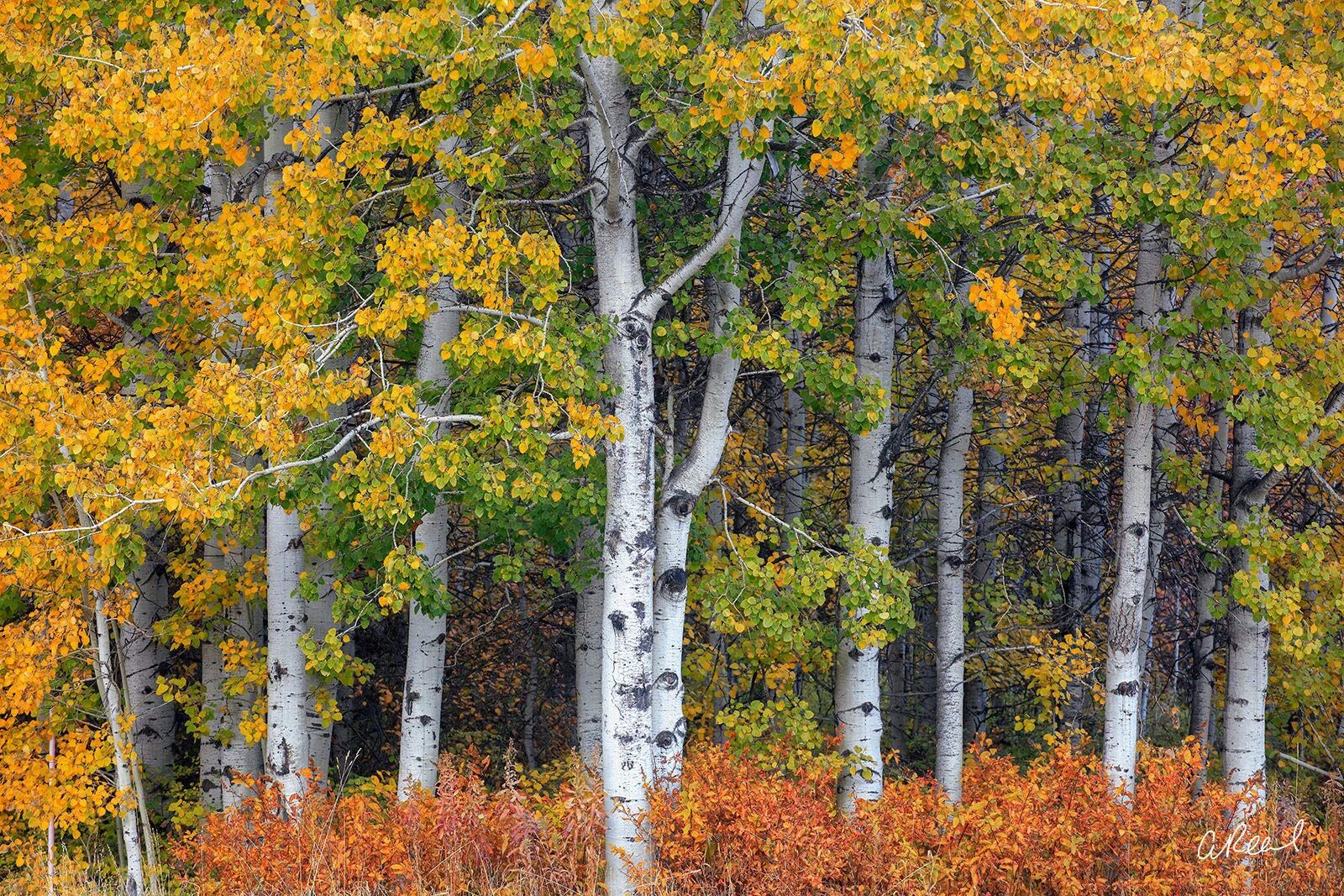
A dense stand of quaking aspen sits on the edge of a meadow near Leavenworth, Washington. A brilliant canary yellow spreads through the boughs–a sure sign of cooler weather to come. Fine Art Limited Edition of 50.
Winter Sports
Of course, no reproduction of an alpine village would be complete without some offering of winter sport. Though not in league with the snowy meccas of Zermatt or Aspen, Leavenworth offers a number of lodges and slopes for skiers and snowboarders when the days get short and chill. Mission Ridge Resort and the Leavenworth Winter Sports Club are the best ways to get out on the slopes, and Steven’s Pass is the most popular destination for people of all ages and skill levels.
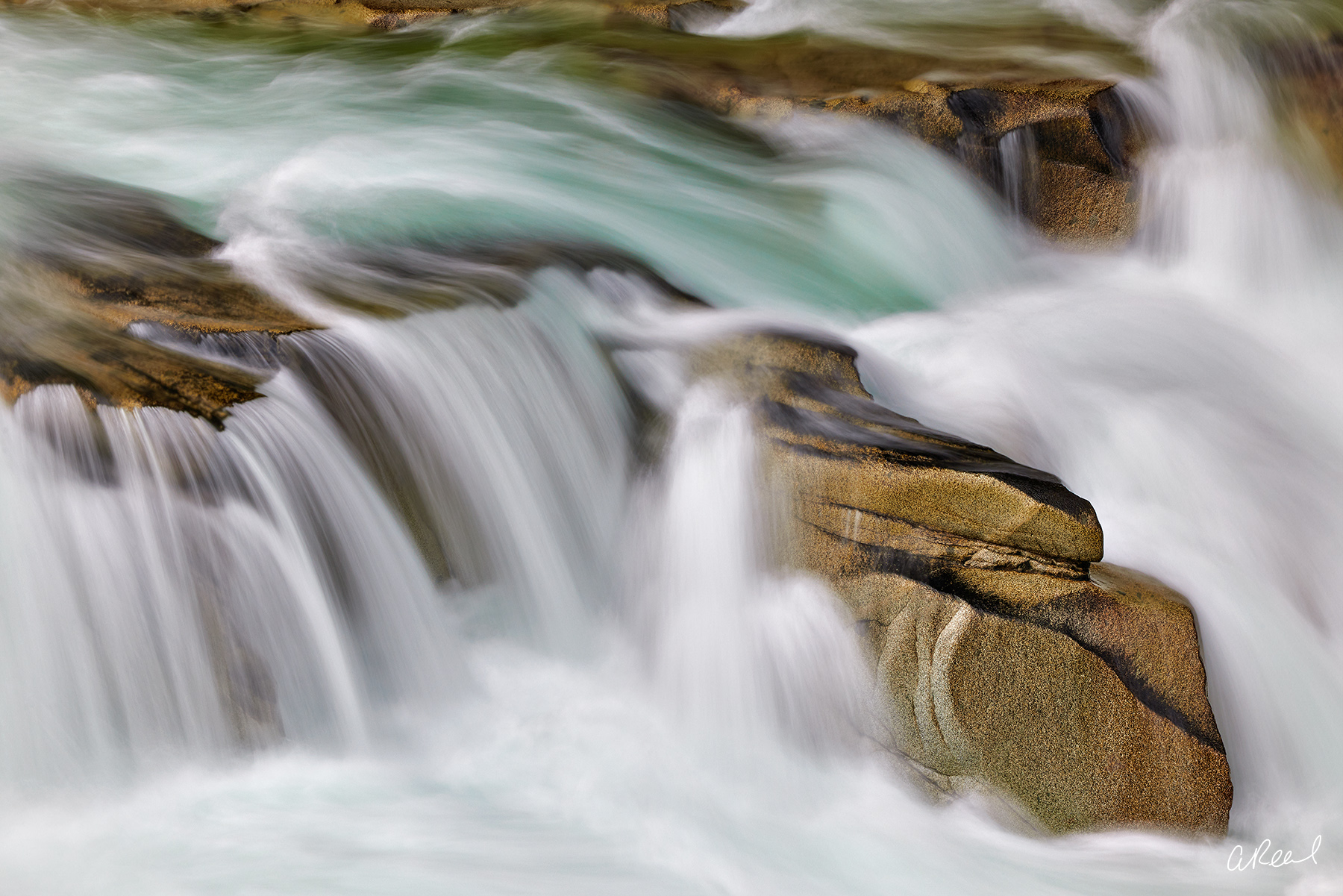
Torrents of troubled whitewater rush across the silken surface of a stony rapid as the wide ribbon of a mountain river is funneled through a spell of shallows. Golden boulders, adorned in dark bands of algae, jut from the sparkling veil. Fine Art Limited Edition of 50.
The Natural Wonder of Leavenworth Washington
The true beauty of the surrounding Cascades, however, can only truly be witnessed in summer. Here, the similarity of the country to the high Alpine wilds of Europe reaches its peak, and in many ways even surpasses it in terms of natural beauty. The jewel of the region, and perhaps of the entire Cascade range, from California to British Columbia, is the Enchantments. Not ten miles from Leavenworth, nestled among a formidable fortress of high rocky crags and glaciers is a collection of sapphire pools arrayed just beneath the clouds. Each year, a special lottery is held by the National Forest Service to allot backpacking permits to those wishing to visit the area. Only twenty-four people are allowed in the entire region per day to preserve the stunning yet fragile scenery.
Yet, the Enchantments are only one small sector of the sprawling Cascades, and every corner of its snow capped peaks and hidden valleys is filled with beauty and wonder. Skiing, hiking, fishing, rafting, and mountain biking are all within reach. Leavenworth offers a perfect base camp for exploring this wilderness, and a welcoming respite from the rigors of the United States’ own unique brand of alpine adventuring.
_________________________________
Leavenworth is an unorthodox experiment, but one which has become a marvelous success. Nowhere else in the country are the festive traditions of a Teutonic past so gracefully interwoven with a landscape of tranquil wilderness. It’s a strange combination, but one with great historic precedent, and any trip to the little hamlet in the hills will be an experience long cherished and fondly remembered.
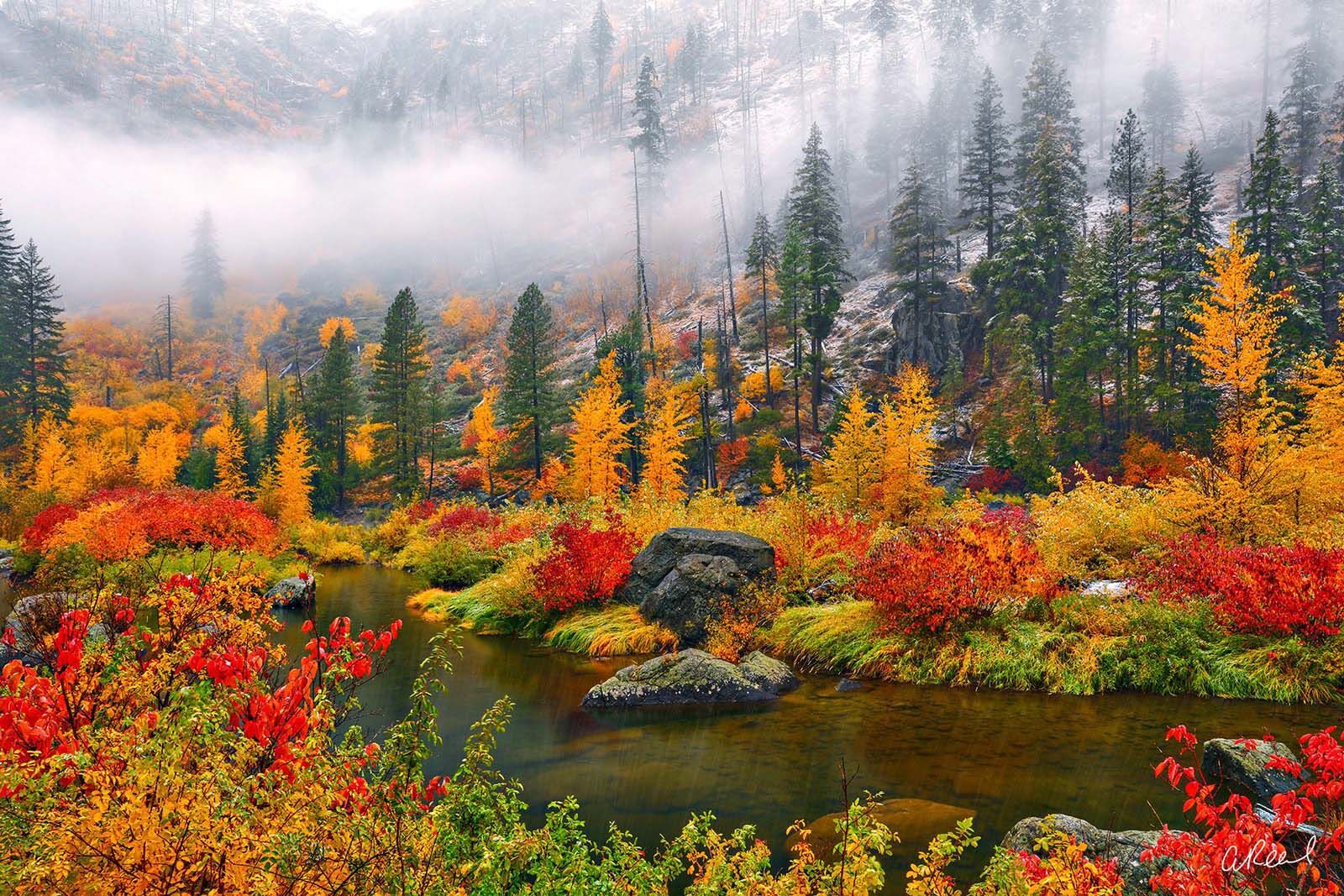
Flurries of ruby and gold crowd the banks of a tranquil stream in the heart of autumn in the mountains. A frosty shroud of fog obscures the forbidden scarps higher up in the alpine vale. Fine Art Limited Edition of 200.
[ad_2]
Source link
